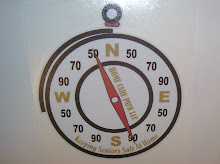A copayment or copay is paid by the insured senior each time a medical service is received. The copayment is often present with the clinic visit and the trip to the pharmacy. This additional investment by the consumer is a form of coinsurance.
The Health Insurance Industry has defined copayments slightly different to avoid categorization as a coinsurance. Typically coinsurance is a percentage of payment, after the deductible, up to a certain monetary limit. The coinsurance must be paid before any health insurance plan pays for a medical service. So coinsurance will contribute to a health care plans out of pocket maximum , but copayments do not.
Health insurance company's describe copayments as a way to share medical costs. Copayments are typically small but assigned to help prevent the insured population from seeking medical care that may not be necessary. The copay is said to be high enough to deter un-needed expenses, but low enough not to render the health insurance useless. Too high copays can result in non- use by the consumer for essential medical treatments and needed drugs.
Copayments on newer prescription drugs are usually the highest. Health plans list generic medications with similar benefits to move populations of users into less expensive drug options. The consumer is consistently being educated on the cost associated with health care delivery. Seniors are encouraged to ask for a receipt when paying copays with cash.
Home Care Path www.homecarepath.com provides non-medical in home custodial care for seniors in south central Wisconsin.
Saturday, December 11, 2010
Subscribe to:
Post Comments (Atom)

No comments:
Post a Comment